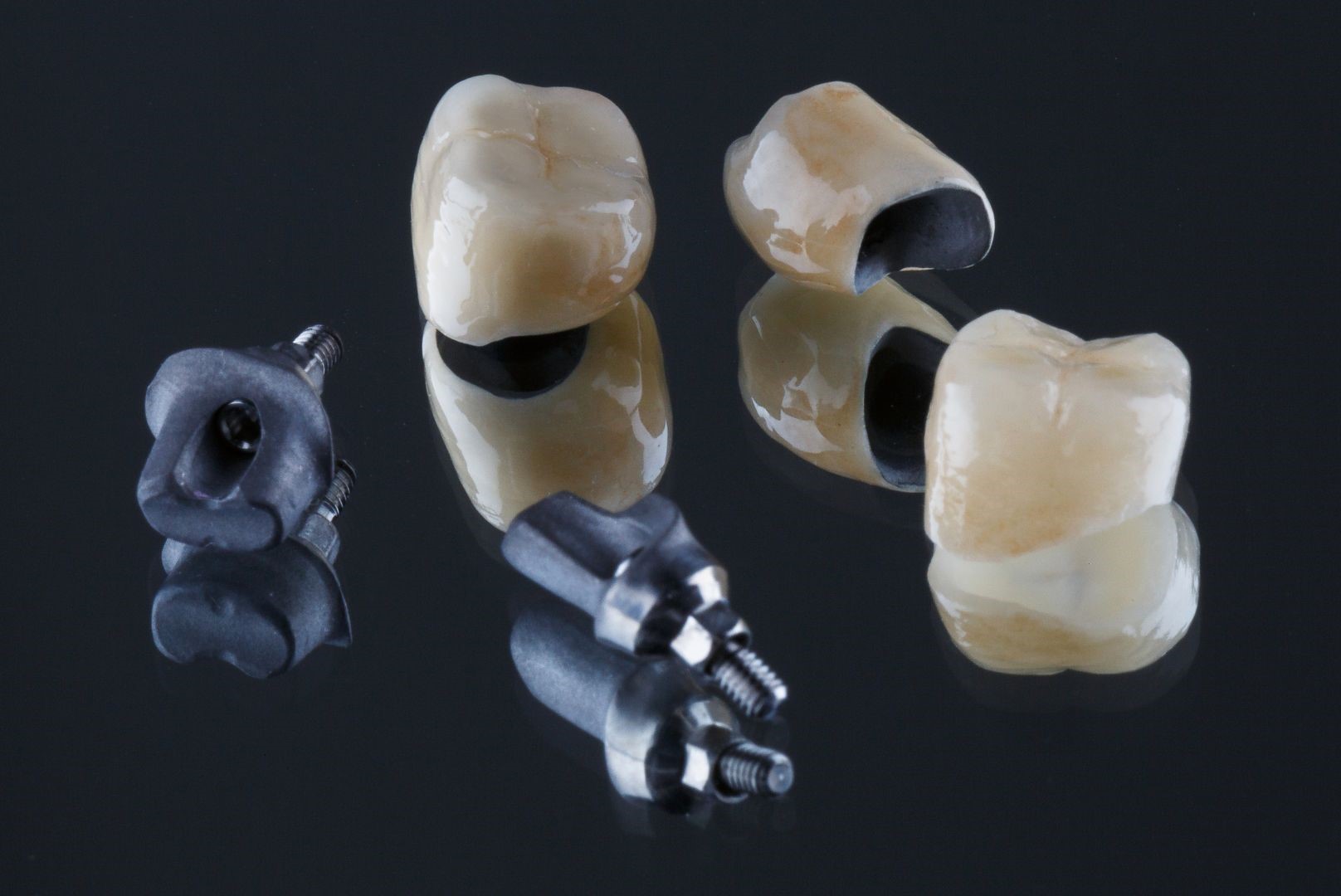3 Types of Dental Implants

Various kinds of dental implants have been created in order to offer the best results for each individual.
For instance, individuals who have lost several teeth and have decreased bone height may not be candidates for "endosteal" implants and would likely need a specialized "subperiosteal" treatment.
An endosteal implant (Bone-insert implant)
A form of dental implant known as an endosteal implant screws into the upper or lower jaw bone and then grafts or "bonds" with the bone over the course of an usual recovery time of three to six months.
In order to house the implant and supply adequate bone material surrounding the implant so that grafting may be done, this type of dental implant surgery requires sufficient bone density.
A subperiosteal implant (Bone implant on top of)
An extended metallic arch that has been shaped to enclose a section of exposed jaw bone is the main component of a subperiosteal implant.
The jaw bone is securely fastened to the frame. Posts sticking out from the implant's base are hidden by sewing the gum back into place; these posts sit above the gumline.
To these posts, specific crowns, bridges, or dentures can be placed.
When a patient has a low bone height that would normally reduce the success rate of endosteal implants, this kind of treatment is suggested.
Transosteal implants (Bone-through implant)
Only the lower jaw can be used with a transosteal implant (mandible).
This is due to the technique's use of jaw-through drilling.
The base of the jaw is covered with a metal plate. Threaded through the jaw's perforations and fastened onto the metal plate are implants that resemble screws.
The screw heads that are visible in the mouth above the gum line can then be utilized as fixing posts to which a bridge or denture can be affixed.
Scarring might be the outcome of transosteal implants. The technique is often saved for situations when there are no other more widely used dental implant options that can resolve the issue.
Note:
You can contact us to get detailed information about dental implants.
This article is for informational and advisory purposes. The recommendations of your surgeon who will examine you and perform the surgery should be a priority in our clinic.
We wish you healthy days.
